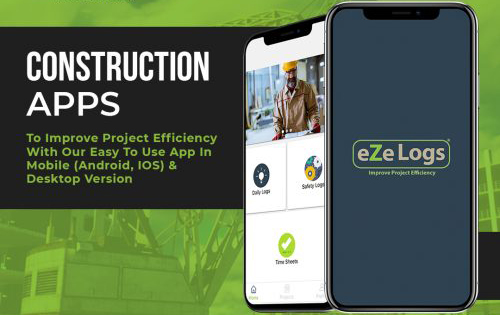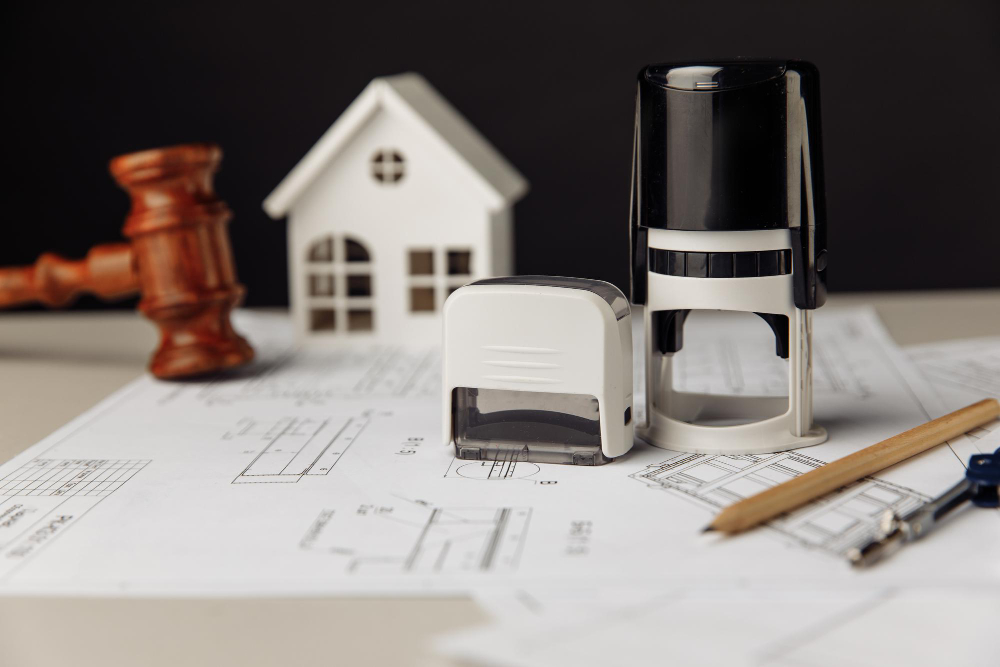Building Information Modeling software is an invaluable asset in managing costs and project budgets for any construction project. Utilizing its 3D modeling capability, architects, engineers, and construction professionals are able to use BIM as an invaluable way of representing structures virtually through BIM models.

BIM software provides an accurate way of estimating project costs, tracking design changes, and following its progress through to completion. With BIM software at their fingertips, project managers can decrease budget overruns in 2023 by accurately anticipating project costs and monitoring any design modifications or updates that arise during its lifecycle.
BIM software provides project managers with tools they need to identify potential issues before they arise and take necessary corrective actions in time and without incurring costly delays. Through use of BIM, project managers can ensure their projects are finished on schedule and within budget.
Common Reasons Behind Budget Overruns on Projects
1. Poor Planning: Failing to plan is often at the root of budget overruns on projects. Without an in-depth outline for their costs, estimating them accurately becomes extremely challenging.
2. Unforeseen Circumstances: Unexpected circumstances such as changes to the scope of a project can contribute to budget overruns.
3. Poor Communication: Failing to effectively communicate between stakeholders can contribute to budget overruns and make estimating project costs difficult. Without clear dialogue, it may be impossible to accurately anticipate their cost estimation.
4. Unclear Requirements: Unclear requirements can lead to budget overruns. Without an understanding of project requirements, estimating its cost accurately becomes challenging.
5. Poor Risk Management: Poor risk management can contribute to budget overruns; without an efficient risk plan in place it may be difficult to accurately estimate project costs.
6. Inaccurate Estimating: Erroneous estimation can lead to budget overruns. Without accurate estimates, it can be challenging to accurately gauge the costs involved with any given project.
Benefits of BIM Software in Cost Control
Cost control is essential in any construction project, and Building Information Modeling (BIM) software can assist in its fulfillment. BIM gives an in-depth view of your entire project that allows you to better monitor costs and resources – here are just a few ways BIM software can assist:
Accurate Cost Estimation
BIM software offers extensive information about projects, from materials and labor costs to other costs associated with them, giving users access to precise cost estimation and budget creation for any undertaking. This feature helps BIM software create accurate budget estimation for any undertaking or construction task undertaken using it.
Improved Collaboration
BIM software makes real-time collaboration among all stakeholders possible, which reduces communication and coordination costs and expedites project completion.
Reduce Waste
BIM software helps reduce waste by providing detailed project information that allows users to identify areas where materials or labor costs could be cut back, thus helping identify where savings could be realized.
Enhancing Scheduling
BIM software assists with improving scheduling by providing detailed project information that allows for optimal planning and resource allocation.
Decreased Risk
BIM software provides comprehensive project information that allows for early identification and resolution of potential problems before they turn into more serious costs.
BIM software can assist in controlling costs by providing detailed information about a project and helping manage resources more effectively and reduce waste. With BIM, your project can be completed timely and on budget.
Implement BIM Software Effectively for Cost Management – Best practices
1. Establish Clear Goals and Objectives: Before using BIM software for cost control, it is vitally important to create clear goals and objectives to make certain it will be utilized as efficiently as possible. Doing this will allow users to maximize the benefit from their software implementation.
2. Draft an Action Plan: Once goals have been set, it’s important to create an action plan outlines how software will be utilized. This plan must outline specific tasks which need to be accomplished as well as time frames and resources necessary for completion.
3. Train Staff: Proper staff training on using software will help ensure its use correctly and effectively. This ensures maximum efficiency with use.
4. Monitor Progress: Once software implementation has taken place, it is vital that its goals are being fulfilled by regularly tracking tasks completed, time required to complete them and accuracy of results. To accomplish this effectively.
5. Assess Results: After using software for some time, it is vitally important to assess its results in order to identify where any improvements could be made and also where its performance has exceeded expectations. Doing this will allow us to pinpoint any areas for potential enhancement.
6. Make Adjustments as Necessary: As software usage unfolds, adjustments may become necessary in order to meet goals and objectives effectively. This might involve changing tasks being completed, timelines for completion or resources needed in order to complete them successfully.
Case Studies of Successful Cost Control with BIM Software
Case 1: Major Construction Company
One major construction company wanted to reduce costs and boost efficiency on their projects, so they turned to BIM software as a solution. After using it for six months they saw costs decrease 10% while efficiency rose 20% as this program allowed them to better manage projects, track progress more closely, identify issues before they escalated, reduce paperwork time spent administrative tasks freeing more time up for construction tasks themselves.


Case 2: An Examination of A Hospital
One large hospital was looking to reduce costs and improve efficiency on its construction projects, so they turned to BIM software as an aid in meeting those goals. By adopting it, costs were cut 15% while efficiency rose 25% as they used it better manage projects, track progress more closely, identify problems early, reduce paperwork related tasks more efficiently thereby freeing up more time for actual building activities.
Case 3: An Upscale Retailer
One major retailer was seeking to reduce costs and enhance efficiency in their construction projects, so they implemented BIM software as part of a strategy to do just that. By employing it they were able to cut expenses by 20% while increasing efficiency by 30% thanks to better management tools that tracked progress, identified potential problems ahead of time, reduced paperwork administration time spent by employees while freeing more up time for actual construction tasks.
These case studies illustrate the success of BIM software implementation for companies. Employing it, companies can reduce costs and boost efficiency to free up more time for construction activities; additionally they can better manage projects, track progress, identify problems before becoming costly issues – BIM is an indispensable asset in helping any organization lower expenses while improving efficiency.
The Bottom Line
BIM software and cost control measures are critical tools for mitigating budget overruns on 2023 projects. BIM gives project managers an overall view of the project for improved planning and cost controls, while cost tracking, estimation, and analysis tools enable project managers to predict budget overruns before they occur – and ensure projects stay within their allocated budgets.


